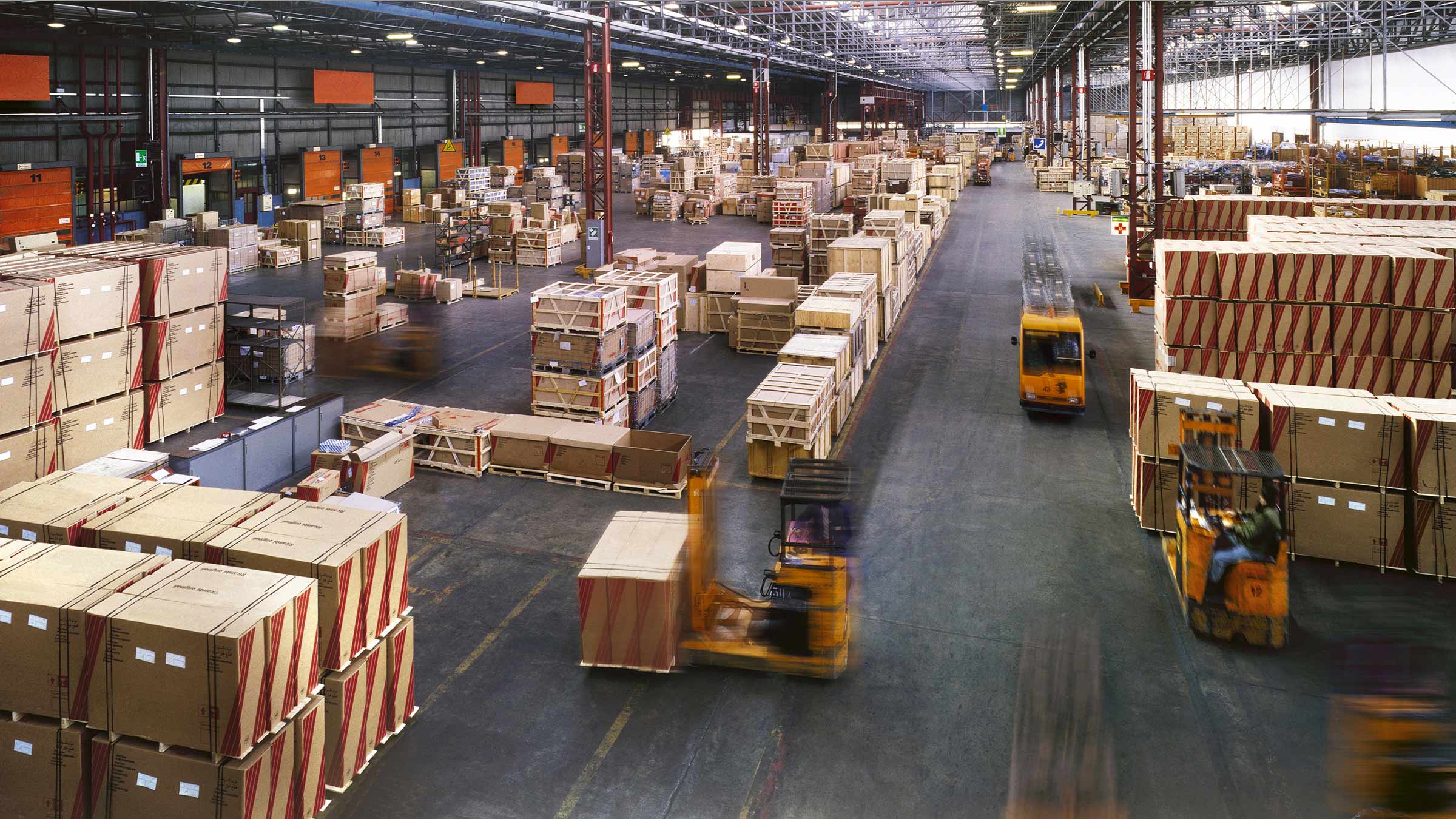
Supply Chain Issues Will Persist This Year
Supply chain issues, pervasive throughout 2021, are expected to show little sign of easing this year with steep shipping costs expected to linger even in a post-pandemic world, says industry executives.
While the bottlenecks at the factories have cleared as the companies prepare for the annual shutdown of some for Chinese New Year (Jan. 31-Feb. 16), prices for 40-foot container ships remaining stubbornly high at $20,000 and up. And while there have been some signs of easing, industry executives we polled say they expect the $10,000-$15,000 to be the new normal going forward, well above the $1,500-$3,000 pre-pandemic price.
Indeed the pricing will likely be 3-4 times the “old” levels, but hopefully with greater availability for container ships, says Ross Patterson, President of homegoods supplier Robinson Home Products. While some “relief” on pricing is expected in the spring, “challenges” will remain throughout the year, says Patterson.
“There is a lack of ship inventory and increased demand and even when it [shipping prices] does correct itself the shipping lines are going to take advantage of it,” says Matt Kavet, CEO at Boston America, which sells candy tins, energy drinks and other novelty items under a range of licensed brands including Bob Ross, Ted Lasso, The Elf on the Shelf and others. “There are going to be extremely expensive containers in the next few years. People are going to be accustomed to paying that and the shipping lines are going to take advantage of it.”
Shipping Concerns
Indeed shipping, freight and production cost issues were those most frequently cited (95%) by executives in a survey released Friday (Jan. 7) by the investment firm Jefferies and the Direct Selling Association, up from 81% in April. As a result, 55% of those polled said in December they were going to or had increased prices, up from 9% in August. And Helen of Troy, which sells hair and healthcare products under the licensed Revlon and Braun brands, respectively, said in releasing third quarter earnings on Thursday (Jan. 6) that it increased wholesale prices in 2021 and expected to do so again this year.
To offset the higher shipping costs, some companies have opted to discontinue, for the time being, items that occupy more space on a container ship, say industry executives. For example, Boston America did so with its Bob Ross DIY gummy kits that ship in quantities of 15,000-20,000 pieces in favor of candy tins that can be delivered in 250,000 units, says Kavet. Even with that strategy, the landed cost for some products in some cases increased $2. And on the least expensive items, the wholesale prices are being increased to $2 from $1.25, says Kavet. That will potentially boost the retail price to $4.99-$5.99 from $2.49-$2.99 for The Elf on the Shelf gummy, which could move it out of the impulse buy category, says Kavet.
Margin Concerns
“We’re all in business to be mindful of margins, but we are also sensitive about where and to what degree we increase prices,” says Bill Graham, Chief Marketing Officer at toy supplier PhatMojo, which has imposed “slight increases”. “Relative to the marketplace we have been very cautious [about price increases] in applying those narrowly and driving strong consumer value because ultimately we think that is in our best interests as a company. It’s a question of what will the market bear for a commodity-level price especially in a category like toys.”
Retailers, some of which had strong holiday sales after contracting for their own container ships, also don’t expect much easing of the logistics issues this year. Bed Bath & Beyond lowered is full-year sales forecast to $7.9 billion from a previous $8.1-$8.3 billion due to a “supply chain imbalance” that resulted in “issues with shelf availability” for its Top 200 items during the holiday season including those in kitchen appliances and personal care, CEO Mark Tritton said in releasing earnings last week.
‘Nearshoring’
With the port delays and rising shipping costs there has been a renewed push for so-called “nearshoring” or establishing production closer to the intended market. Form luxury and higher priced goods that may be an option. Grillmaker Traeger plans on opening plants in Mexico and Singapore this year, but some of their products also sell for $890. And direct-to-consumer furniture brand Whom Home and Innova Luxury Group (which handles white-label production for 1stdibs, Nordstrom and West Elm, among others), doubled the size last year of its factory in Mexico to 400,000-sq.-ft., to bring its products closer to the North American market, says CEO Jonathan Bass.
Yet for suppliers of lower priced goods there are fewer options. For example, one supplier said the tooling needed to make his products in North America would likely cost $30,000-$40,000, versus $2,500 in China.
“New capacity is unlikely to come on stream until next year so unless demand plummets, the shipping companies hold all the cards and importers/retailers have few options,” says John Baulch, CEO of UK-based Alakat Publishing, which publishes Toy World Magazine that tracks the toy industry in the UK and Europe. “There are a few options such as air and rail freight, reshoring or at least moving production close to home” in Europe, but they all come with complications and, in many cases, would impact production.”

















